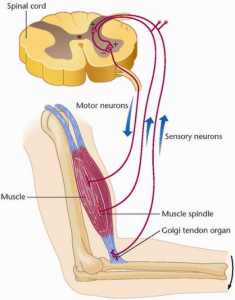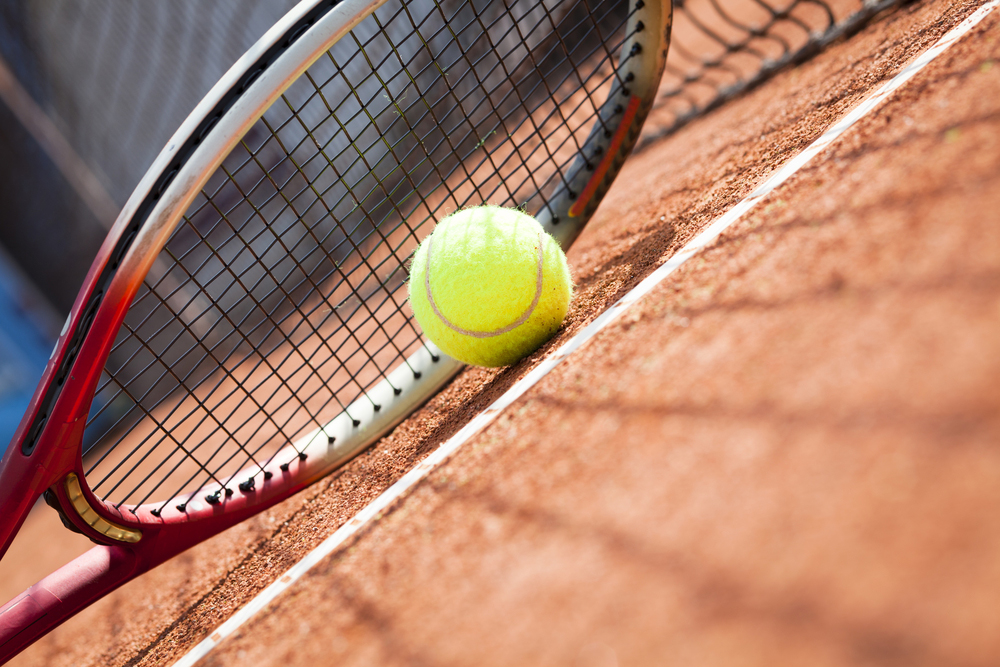With so many withdrawals through injury from the first week of the men’s and ladies draw this year at Wimbledon, questions were being asked as to why the players are dropping like flies…….
Is it that the grass is different or longer this year?
Have footwear manufacturers got it wrong this year?
Maybe it’s just unlucky or co-incidental?
The Wimbledon grounds man has refuted claims that the grass was the cause of the injuries last week. Read here
The speculation may well continue into the second week if there is another slip or stumble on court but here’s a thought…….I wonder how many of the players are still doing their basic conditioning work and injury prevention work that is so important to high level function?
Imagine how easy it would be during a heavy competition schedule to stop doing this type of work thus increasing the risk of injury occurring.
Whatever the cause of these injuries (and I doubt we’ll ever really know) it gives me a good reason to talk about the importance of the basics. Stability and conditioning work build the foundation from which everything else (strength, speed, power etc) comes from. After all, you wouldn’t build a house without strong foundations would you!
There are so many basic drills and exercises you can do to improve your foundations, the list is almost endless! It is important to make these as specific as you can to your sport. In this case, the focus is on tennis but the principle can easily be adapted with a small amount of imagination.
Some of the following are exercises you might like to try to not only improve performance but also reduce the chance of injury occurring.
Balance work
Stand on one leg and balance……..if this feels easy, try closing your eyes! Or try cleaning your teeth standing on one leg, doing some racquet skills whilst on one leg or throwing and catching a ball.
Footwork drills
Place some cones out or use the lines on tennis court. Make small quick steps either side of the line / cones facing forwards, backwards, sideways. You could even finish with a volley or something similar if with a partner. Experiment!
Single leg squat
Standing on one leg, bend your knee keeping your hip and knee pointing over your toes. Only go as deep into the squat as you can, still being able to control the movement.
Repeat x 10 each side
This type of exercise trains your lower limb proprioceptors – small receptor cells in the tendons and ligaments that detect a stretch when a force or movement is applied to a muscle. Upon detecting this stretch, the receptor (called a golgi tendon organ) sends an impulse via your nervous system to your spinal cord and onto your brain. Another nerve impulse is then generated and sent back to the muscle / muscle group to change it’s action or force to adapt to the ever changing requirements of the activity or sport. This happens thousands of times each second and is the mechanism responsible for the minor adjustments we make to perform a complex movement or action.

The training effect is such that with repetitive practice and training, a well-established pathway is formed along which the nerve impulses travel which speeds up the whole process. When the athlete really needs to rely on this in a match or competition environment, it is easy to see why a well-established pathway can help performance and aid injury prevention.
If you think you’d benefit from some personalised exercises to help your performance or have been injured like the stars on court at Wimbledon 2013, then don’t hesitate to get in touch.

